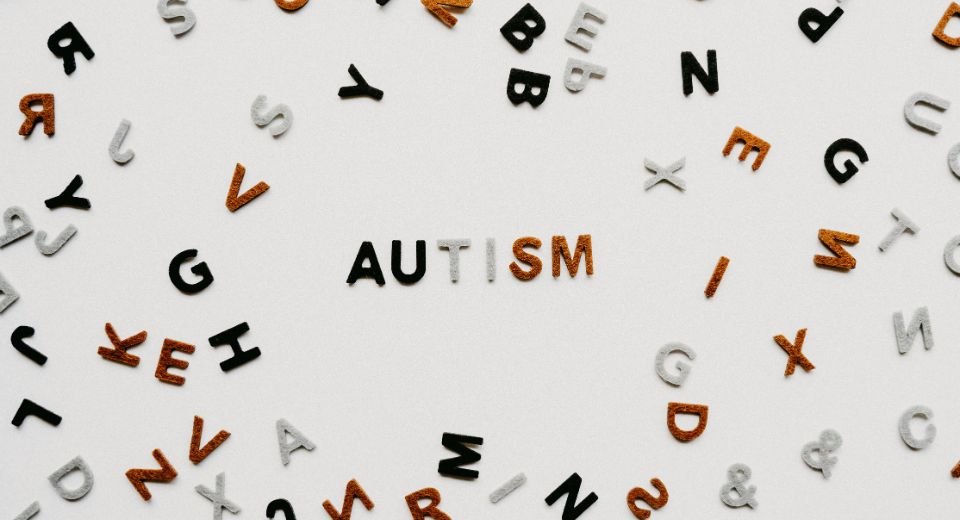By K. Leelamoni
February 15, 2024: Autism Spectrum Disorders are a diverse group of conditions related to brain development and characterised by some degree of difficulty with social interaction and communication.
These disorders are considered neurological and include a spectrum of behavioural patterns.
The term autism was first used by psychiatrist Eugen Bleuler in 1908. The Greek word “autos” meant self and the word “autism” was used to mean morbid self-admiration and withdrawal within the self.
It took several years of research to understand the aetiology of autism. In the 1980’s it was Leo Kanner who first found that neurological disturbances and other genetic ailments are the major causative factors.
In 2013, all the subcategories of autism were combined into a single diagnostic entity called Autism Spectrum Disorders.
Worldwide about one in 100 children have autism according to WHO, though studies report that the figures are higher. In many low and high-income countries, the prevalence is unknown.
Difficulty in communicating
Children with the disorder (ASD) have difficulty communicating and interacting with others. They have very narrow interests and spend hours doing repetitive tasks seemingly without purpose.
The autistic child lives in his world isolated from his peers. These characteristics can make life very challenging for them. Genetic and environmental factors may play a role.
Several different genes appear to be involved which may affect brain development. Genetic changes which may be inherited or spontaneous may increase the risk of ASD.
Ongoing studies explore the role of the environment like air pollutants, medications and viral infections. The suspected link between childhood vaccines like measles, whooping cough and mumps has not been established so far.
Available evidence suggests that the following factors may put children at a greater risk of ASD.
- Having a sibling with ASD.
- Genetic and chromosomal conditions such as fragile X syndrome or tuberous sclerosis.
- Complications at birth.
- Born to older parents.
- It is found to occur four times more in boys.
Common signs include:
- Fails to respond to his or her name.
- He/she prefers to stay alone.
- He/she has poor eye contact and lacks facial expression.
- Doesn’t speak or delay speech.
- Speaks with abnormal tone or rhythm.
- He/she doesn’t appear to understand simple questions
Behavioural pattern:
- Repetitive movements like rocking or hand clapping.
- Self-harming activities like head banging or biting.
- Clumsy movements.
- Sensitive to light, sound or touch.
- May be indifferent to pain or temperature
Often children show signs of autism within the first year and usually before two years. Each child with ASD is likely to have a unique pattern of behaviour. Some have signs of lower than normal intelligence while others have normal to high intelligence.
I still remember Manu, the three-year-old grandson of my neighbour Suma. When I went to their house he did not respond to any of my questions and was engrossed in his toy train.
He was very angry at his grandma’s petting. Suma said they were worried about his behaviour. When I met Suma years later she said that under medical guidance he has improved a lot and is now pursuing studies in visual arts.
Diagnosis can be difficult since there is no laboratory test to identify this disorder. By the age of two diagnosis can be made by an experienced professional. Some are not diagnosed until they are adolescents or adults. This delay prevents them from getting the early help they need.
No cure
While there is no cure for ASD, intensive and early treatment can make a great difference in the lives of many of these children. Current treatments are aimed at reducing the symptoms that interfere with daily functioning and quality of life.
Multiple professionals like physicians, psychologists, speech therapists and physical medicine experts may be needed to cater to the needs of each child.
Although not scientifically proven, there is growing concern now about a phenomenon called virtual autism.
Many studies have shown a link between increased screen exposure and autism-like symptoms in children like hyperactivity, attention deficiency, lack of interest in non-digital play, speech delays, reluctance to interact with others, irritability and sudden mood changes.
Victims of virtual autism
Children who spend an excessively long time in front of the screen, whether on smartphones, tablets or computers are victims of virtual autism.
The visual and auditory stimuli received from the screen generate painful emotions in the child and trigger violent and aggressive behaviour in the child.
The children who are absorbed in the screen don’t understand what is happening around them and gets isolated from human interaction. Too much screen exposure of more than four hours a day in children under three years of age can lead to autism-like symptoms.
Parents can prevent virtual autism by promoting non-digital hobbies. Some effective methods are reading aloud to children before they sleep, having talks with them, and doing activities like cooking and other hobbies together away from the screen.
One good thing is that when children move away from the screen and interact more with the real world, within a few months they can recover from virtual autism.
As of 2023, consensus is growing among researchers to see autism as a form of neurodiversity, which is the natural diversity in human thinking and experience.
Studies may discover the genes that may predispose to autism and also probe the specific brain activity in those with autism. The role of prenatal factors that predispose newborns to autism is also being explored.
(The writer was a former Head of the Department of Community Medicine at the Government Medical College in Kozhikode and Thiruvananthapuram and worked at the Amrita Institute of Medical Sciences in Kochi.)
